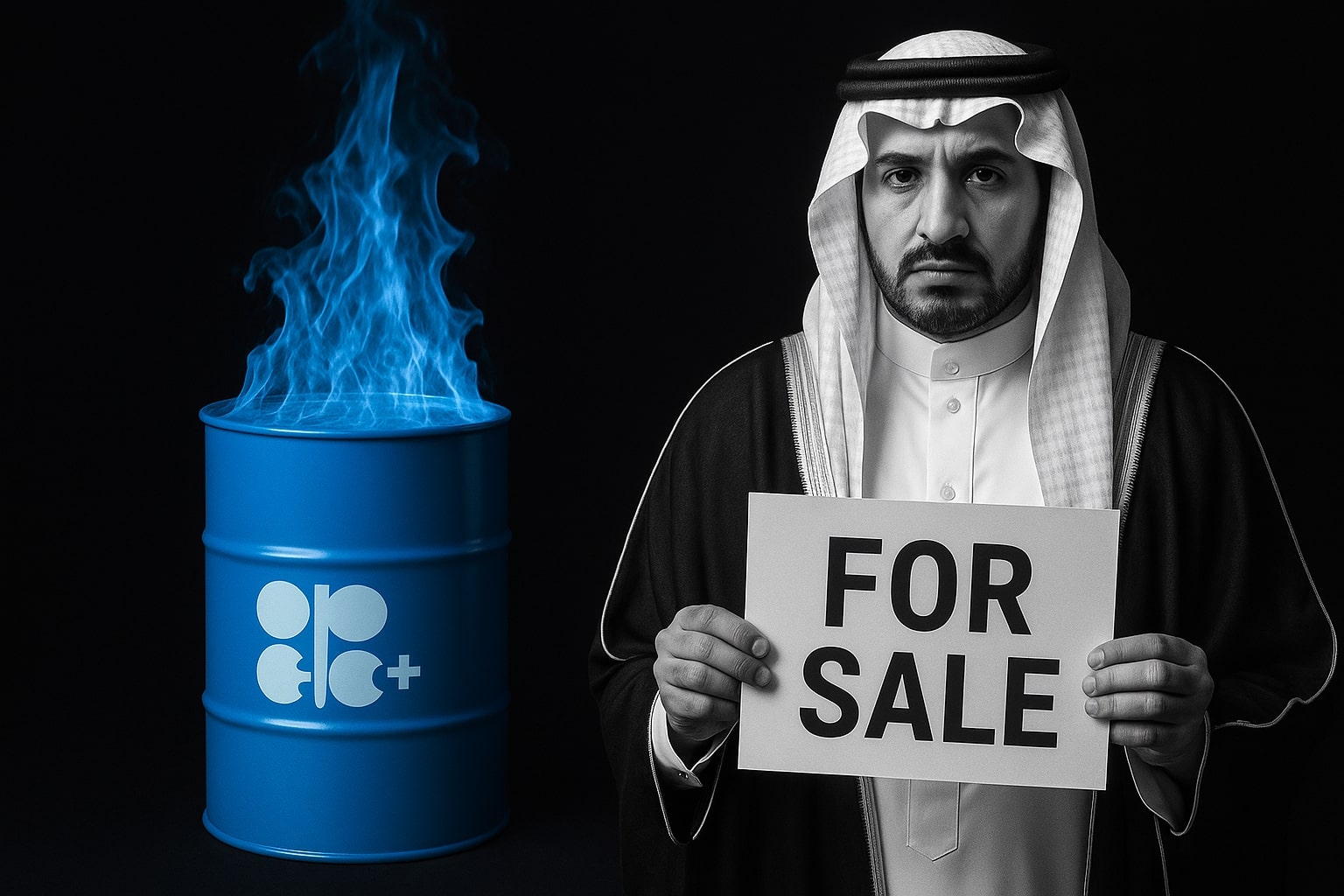
Natural Gas Price (NG=F) Extends Gains to $4.21 as Winter Demand and Record LNG Exports Fuel Bullish Momentum
With inventories tightening and LNG exports hitting new highs, Natural Gas (NG=F) eyes $4.90 resistance amid a confirmed golden cross and surging demand | That's TradingNEWS
Natural Gas Price (NG=F) Holds Above $4.00 as Winter Demand, LNG Exports, and Technical Momentum Drive a Bullish Shift
The natural gas market entered November trading with renewed strength as December futures for Natural Gas (NG=F) stabilized above $4.00/MMBtu, supported by colder weather projections, resilient LNG export flows, and tightening U.S. storage dynamics. Despite intraday volatility that saw a mild retreat to $4.208/MMBtu, traders remain largely optimistic that deepening winter demand across the Northern Hemisphere will reinforce support levels, potentially pushing the commodity toward the $4.90/MMBtu ceiling before mid-December. The balance of risk in natural gas has shifted from oversupply concerns earlier in the year to a recalibrated view favoring structural tightening as demand from both domestic heating and global LNG markets accelerates.
Heating Season Momentum and U.S. Supply Dynamics
The start of November marked a decisive turn in sentiment. Meteorological forecasts now show a colder-than-normal pattern emerging across the Midwest and Northeast U.S., a crucial trigger for residential and commercial heating demand. Analysts estimate that sustained subzero temperature anomalies could increase daily gas consumption by as much as 4–6 Bcf/d, tightening inventories just as the heating season begins. Current U.S. storage levels stand at 3.83 Tcf, roughly 2% above the five-year average, yet the most recent 35 Bcf injection for the week ending October 31 suggests injections are slowing sharply as the withdrawal phase begins. This storage trajectory, if extended, could bring inventories closer to the five-year median by late November, intensifying price sensitivity to even minor cold weather shifts.
Production remains near record highs, hovering around 104.5 Bcf/d, largely offsetting seasonal draws. However, freeze-offs and pipeline constraints in key regions such as the Permian Basin and Appalachia present potential upside risk if cold snaps interrupt flows. Spot market indicators reinforce the theme of localized stress: PG&E Citygate trades at $0.605, SoCal Citygate at $0.41, while Oneok WesTex saw a sharp drop to -1.405, reflecting regional imbalances and transport bottlenecks in West Texas.
LNG Exports: Structural Support for NG=F
U.S. LNG exports remain the primary balancing factor for natural gas fundamentals in 2025. As of November 3, total North American LNG outflows hit 17.49 Bcf/d, with Gulf Coast terminals operating at 94% utilization. Demand from European and Asian buyers remains robust as colder forecasts in Europe pushed Dutch TTF futures back above €32/MWh, up 1.2% week-over-week, reflecting storage draw expectations as inventories decline from 82.9% to 81.3% capacity.
On the corporate front, ADNOC’s 15-year LNG supply deal with Shell for its Ruwais project highlights ongoing global investment in long-term gas security. Meanwhile, U.S. exporters such as Cheniere, Sempra, and Venture Global continue to expand throughput, with November loadings up 6.8% month-over-month. This surge directly benefits U.S. gas pricing as export pull reduces domestic availability, reinforcing NG=F’s structural floor near $3.80 even during brief weather reprieves.
Technical Structure: Bullish Crossover and $4.90 Target
Technically, natural gas entered a cyclical bullish phase confirmed by the recent golden cross, where the 50-day EMA crossed above the 200-day EMA. This shift signals the start of a medium-term uptrend supported by momentum and seasonal fundamentals. Price action suggests consolidation between $4.00–$4.30/MMBtu, with the next major resistance zone near $4.90, representing the March high and upper Bollinger boundary. The RSI (14) remains at 59, showing room for upside without entering overbought territory, while MACD continues to expand positively.
Traders, however, caution that the market remains “stretched,” implying potential pullbacks toward $4.00 or even $3.60/MMBtu before buyers reassert control. Such retracements are viewed as opportunities to accumulate positions ahead of forecasted colder conditions in December. The open interest in natural gas futures rose 4.8% week-over-week, signaling renewed speculative inflows.
Corporate Impact: Comstock Resources (NYSE:CRK) and Haynesville Shale Economics
The rebound in natural gas prices has already translated into stronger corporate earnings among U.S. producers. Comstock Resources (NYSE:CRK) reported Q3 2025 adjusted earnings of $0.09 per share, surpassing consensus estimates, as average realized prices improved to $2.75 per Mcf, up sharply from $1.90 per Mcf in Q3 2024. Quarterly revenue climbed to $449.85 million, while EBITDAX margins expanded to 77%, underscoring improved profitability even amid declining production volumes.
The company’s operational focus remains on the Haynesville/Bossier shale, where it continues deploying long-lateral “horseshoe” wells averaging 11,900 feet and delivering 25–32 MMcf/d per well. With 118 identified drilling locations and a planned $250–$300 million capex for Q4, Comstock’s production guidance stands between 1,200–1,300 MMcfe/d. Liquidity exceeds $900 million, strengthened by asset divestitures in East Texas totaling $445 million. These moves position CRK as a high-efficiency player directly leveraged to NG=F’s price recovery through 2026.
Global Context: European Rebalancing and Turkish Market Pricing
Internationally, Europe’s gas market remains at a delicate equilibrium. With inventories at 82.9%, analysts anticipate accelerated drawdowns as temperatures drop in late November. LNG import schedules show 20% higher bookings from the U.S. compared to last year, highlighting how Europe continues to depend on American gas supply while phasing out Russian imports by 2028.
In Turkey, spot market activity on November 3 recorded 1,000 cubic meters of natural gas at 14,690 liras, equivalent to $349.0 per thousand cubic meters at the prevailing exchange rate (42.09 TRY/USD). Total daily trade volume fell 31.4% to 8.02 million liras, indicating weaker domestic consumption at current mild temperatures. Still, incoming pipeline flows reached 175.21 million cubic meters, underscoring sustained base-load demand.
Read More
-
QDVO ETF (NYSEARCA:QDVO) Aims for $35 in 2025 and $42 in 2026 as AI Titans and 9.3% Yield Drive Record Performance
04.11.2025 · TradingNEWS ArchiveStocks
-
Ripple’s XRP ETFs XRPI and XRPR Rally Toward $25 as Institutional Demand and ETF Launch Momentum Lift XRP
04.11.2025 · TradingNEWS ArchiveCrypto
-
Oil Prices Forecast - Oil Prices Plunge Toward $60 as OPEC+ Pause and Rising U.S. Stockpiles
04.11.2025 · TradingNEWS ArchiveCommodities
-
USD/JPY Price Forecast - JPY=X Holds Above 153.25 as Verbal Intervention Fails to Reverse Dollar Strength
04.11.2025 · TradingNEWS ArchiveForex
Market Sentiment: Balancing Supply Strength and Seasonal Demand
The overarching narrative for natural gas entering winter 2025–2026 is one of structural tightening against strong production. The Lower 48 output near record highs has so far capped extreme rallies, yet the alignment of colder U.S.–European weather, record LNG outflows, and a robust technical base above $4.00 shifts risk asymmetrically to the upside. Analysts at several trading desks note that each degree drop below normal across the Midwest could lift prompt-month NG=F prices by $0.15–$0.20/MMBtu, magnified by algorithmic and momentum-based trading systems that amplify winter volatility.
Comstock’s leadership framed it bluntly during its recent earnings call: “Natural gas has become the go-to energy source in the United States,” emphasizing its growing role in powering AI data centers and industrial baseload operations. That structural demand from non-heating sectors — AI infrastructure, manufacturing, and LNG liquefaction — adds a floor to pricing that didn’t exist during past cycles.
Outlook and Directional Bias for NG=F
Natural Gas (NG=F) remains biased to the upside, trading within a clear ascending structure. With December contracts consolidating near $4.21, support sits at $4.00 and $3.60, while the next resistance targets remain $4.50 and $4.90. Sustained closes above $4.30 would confirm a bullish continuation targeting the $5.00–$5.10 band by mid-winter, provided LNG export flows remain above 17 Bcf/d and no unexpected production surges occur.
From a fundamental standpoint, the market’s tightness combined with strategic hedging by producers like CRK and resilient export demand justifies a constructive medium-term stance. However, traders should expect sharp intraday swings as models adjust to evolving weather data.
Verdict: BUY / Medium-Term Bullish Bias — Natural Gas (NG=F) remains technically and fundamentally supported. The golden cross confirmation, surging LNG exports, tightening storage, and rising winter demand collectively build the case for a continuation of the uptrend toward $4.90/MMBtu by December and potential extension to $5.20/MMBtu in early 2026 if cold anomalies persist



















